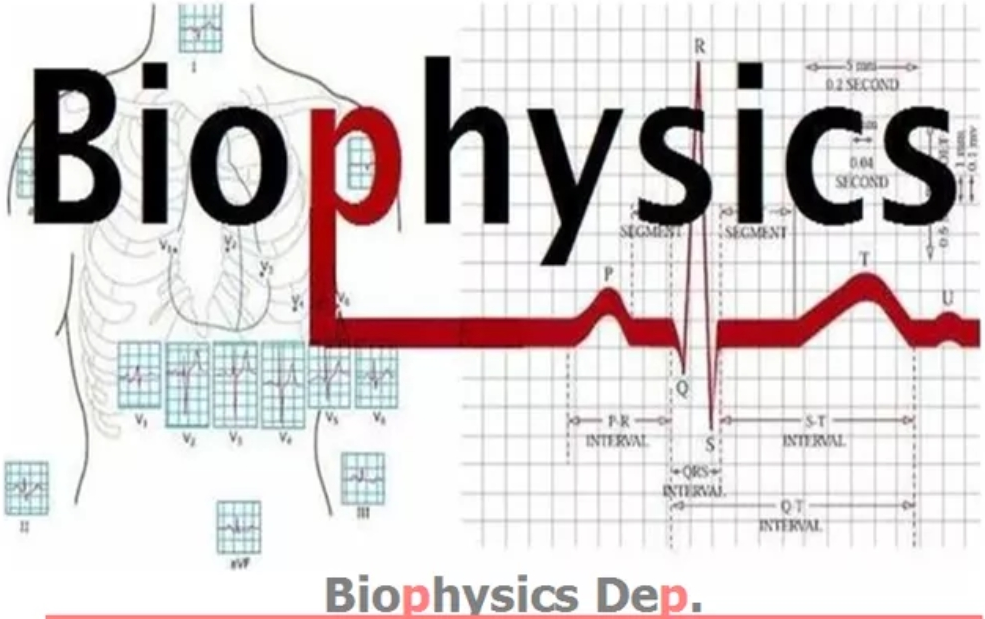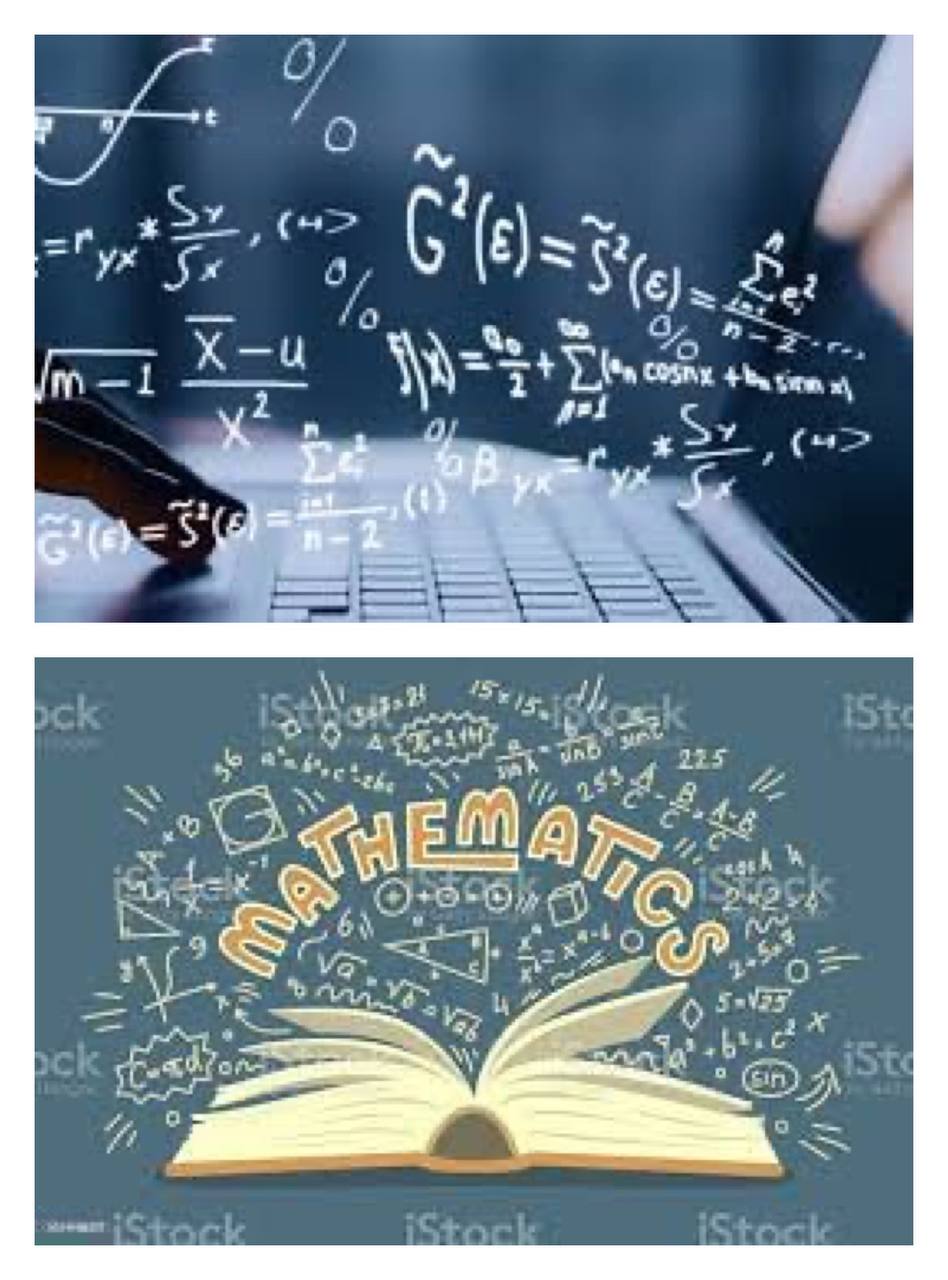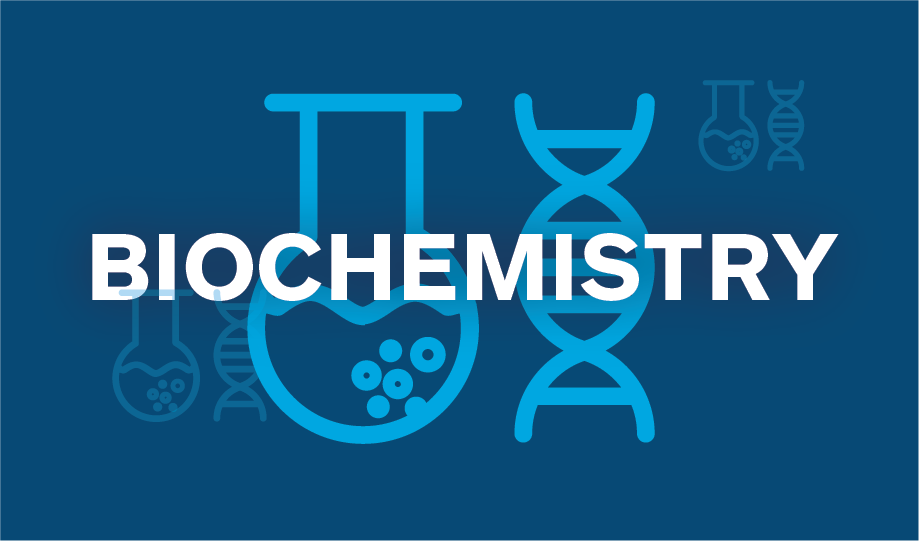
Bio-Physics
This course speaks about Unit and physical quantities, SI and non SI units, standard prefixes, conversion factors, light in medicine, light as array, properties of
light, reflection and refraction, multiple element system, application of visible light in medicine, application of ultraviolet light in
medicine, application of infrared light in medicine, sound in medicine, general properties of sound, units the intensity of the sound
wave, Doppler effects, application in medicine, pressure, definition, unites, Boyle's law, Pascal principle, hydraulic systems,
Archimedes principle, buoyant force, pressure in the human body, measurement of blood pressure, temperature and heat,
temperature and phase of mater, temperature scale and thermometer, method of heat transfer (conduction, convection,
radiation), effect of heat on the body, diagnostic and therapeutic uses of heat.

Mathematics II
Mathematics is the science and study of quality, structure, space, and change. Mathematicians seek out patterns, formulate new conjectures, and establish a truth by rigorous deduction from appropriately chosen axioms and definitions.
Mathematics II Calculus of transcendental function, definition, properties and derivatives of the logarithmic function, exponential function, hyperbolic functions, inverse trigonometric function, integration, definition, properties, definite integration, fundamental theorems of integrals calculus, indefinite integration application of definite integration, the area between curves, techniques of integrating, basic integration formula, integrate by parts, trigonometric integrals, the relation between polar and Cartesian coordinates, polar equation of the circle, polar equation of the straight line, polar equation of the conic sections, graphs of the polar curves, application (plane area, tangent length), rational function and partial functions. . Case studies on the application of mathematics in Biomechanical and clinical engineering.

Electrical circuit II
AC principles, general alternating waveforms, phasor
relation, average and effective values, complex number, representation of
sinusoidal waveform in phasor domain and time domain series AC circuits,
impedance and phasor diagram, voltage divider rule, response of RLC to voltage
and current, response of RLC to frequency, parallel AC circuits, AC power:
power triangle and power factor, electrical circuit analysis method, mesh
analysis method, nodal analysis method, bridge networks, star delta conversion,
superposition theorem, Thevenin's theorem, Norton’s theorem, maximum power
transfer theorem, maximum power transfer theorem, series resonance; quality
factor, parallel resonance, polyphase systems(three- phase), transformer, AC
machines

Biochemistry
Biochemistry is the application of chemistry to the study of biological processes at the cellular and molecular level. It emerged as a distinct discipline around the beginning of the 20th century when scientists combined chemistry, physiology, and biology to investigate the chemistry of living systems.

Programming II
This course provides problem solving and computer programming skills for students with no prior experience in the area of programming. Students will be using C++, a high-level computer programming language, to learn the fundamentals of computer programming including how to write, compile and execute programs.

English II
This module is expected to deliver a set of basic langange skills. The unique part of this module is the study of tennses using real life situations instead of the traditional learning technique tennses. The sturcture of the module is as follows:
1. Reading Comprehension
2. Present Simple
3. Present continuous
4. Past Simple
5. Past continuous
6. Past Perfect
7. Past Perfect
8. Future Simple
9. Conditional Statements
10. Indirect Questions
11. Simple Statements
12. List of Confusing Words in English Language
By the end of this module, the students are expected to use tennses more correctly both in writing and speaking.
